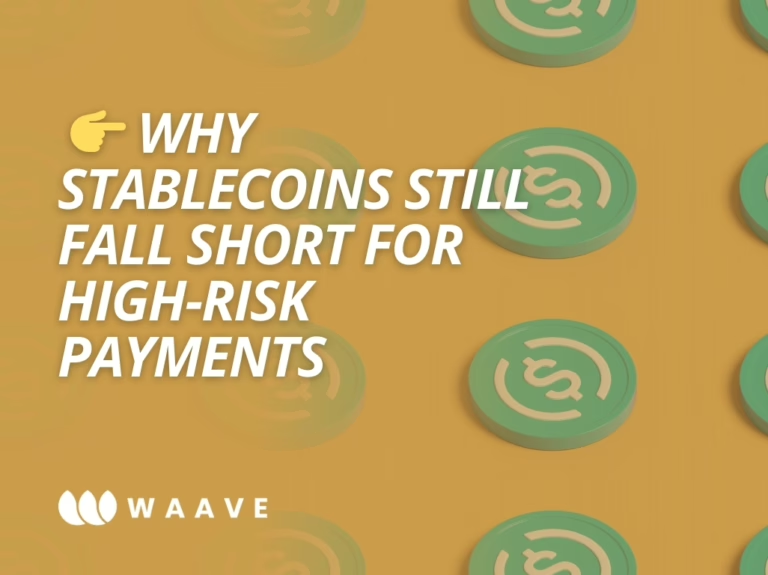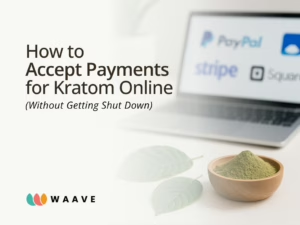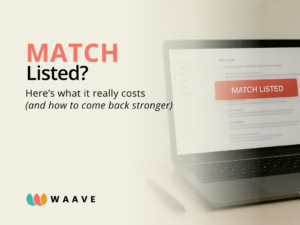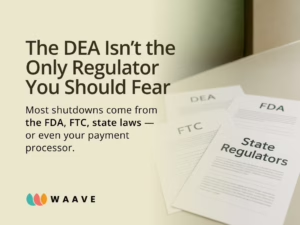The Big Promise
If you sell CBD, kratom, vapes, or other restricted products, payment headaches are a daily reality. Traditional processors block applications, banks don’t want the liability, and “high-risk” often translates to “no options.”
That’s why crypto and stablecoins sound so appealing: borderless transactions, instant settlement, no middlemen. On paper, it looks like the perfect escape.
But in practice? It rarely works out that way.
The Reality Check
Switching to tokens doesn’t change the fact that you’re selling restricted goods. Whether a customer pays in dollars, Bitcoin, or USDC, the same rules apply:
- CBD still requires COAs and THC caps.
- Kratom still has state bans and licensing rules.
- Vapes still face strict shipping limits and excise taxes.
Crypto doesn’t erase compliance—but that’s only the beginning of the problem.
Why Stablecoins Still Fall Short
- Customer Experience Kills Sales
Most buyers want to pay with cards, debit, or ACH. Forcing them into wallets, gas fees, and token transfers creates friction. The result? Cart abandonment and lost revenue. - Trust & Legitimacy
Wellness buyers are already cautious. Adding “pay with crypto” often raises red flags, making your store look less legitimate instead of more convenient. - No Refunds or Chargebacks
Crypto transactions are irreversible. If a product is returned or arrives damaged, you have no easy way to issue a refund. For regulated industries, this means angrier customers and a trail of complaints. - Operational Headaches
To actually use stablecoin revenue, you need to convert back to fiat. That requires exchanges, bank partners, and reporting. Instead of simplifying payments, you’re adding more steps. - Accounting & Tax Burden
Every conversion may trigger taxable events. Suddenly, your CPA is sorting through blockchain records instead of clean payment reports. - The “Stable” Illusion
Not all stablecoins are equal. Some have lost their peg in the past. If your revenue depends on one, you’re betting your business on a promise that can break. - Regulatory Spotlight
Crypto isn’t invisible. If anything, using it for restricted goods can attract even more attention from regulators, banks, and carriers.
The Dangerous Illusion
The biggest risk isn’t the tokens themselves—it’s the false sense of safety. Merchants convince themselves they’ve found a loophole, while ignoring the systems they actually need: age checks, shipping controls, labeling compliance.
One flagged shipment, one state audit, or one chargeback complaint—and the whole house of cards collapses.
What Actually Works
The businesses that survive (and scale) in restricted industries aren’t chasing shortcuts. They’re investing in payment systems designed to handle the complexity.
That means:
- Every product screened against federal, state, and city rules before checkout.
- Automatic age verification and geo-restricted shipping.
- Settlements in U.S. dollars with clean records banks and CPAs can work with.
It may not sound as flashy as crypto, but it’s what keeps the doors open.
Final Take
Stablecoins and crypto are not the future of payments for restricted goods—they’re a detour. They don’t make compliance easier, they don’t win customer trust, and they don’t simplify operations. At best, they’re a short-term patch. At worst, they put your business under a brighter spotlight.
The real solution is simple: choose payments built for your industry, with compliance at the core.
That’s exactly what WAAVE delivers—a payment system that lets CBD, kratom, vape, and other wellness sellers accept cards and ACH legally, without loopholes. With WAAVE, you don’t gamble on tokens—you build a stable, compliant business that lasts.





